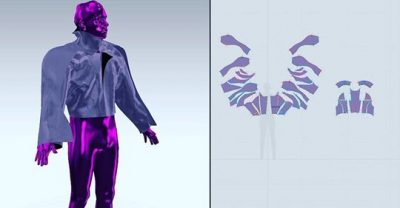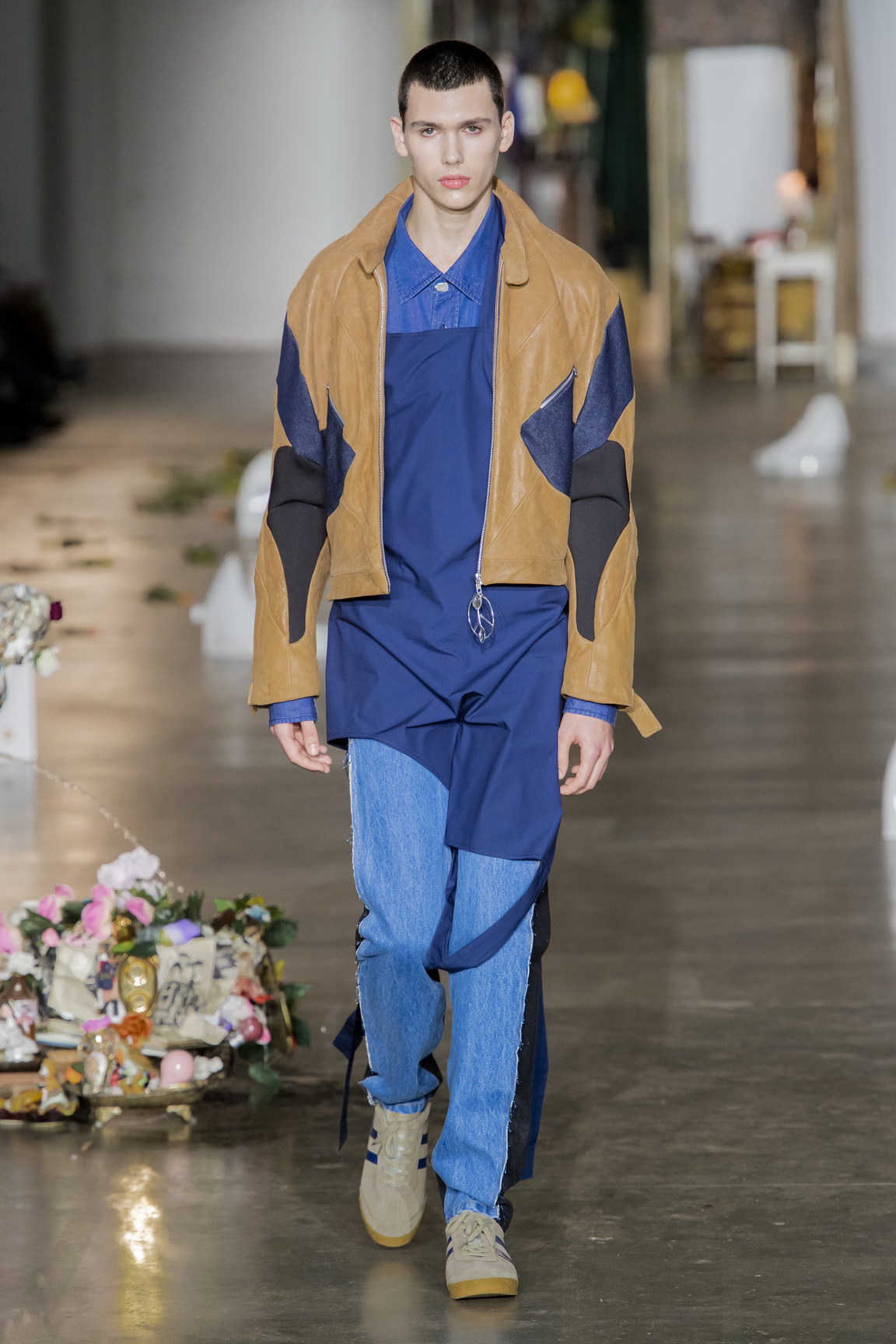How fashion’s post-pandemic future could be digital

Per Götesson SS20 Prototype via Instagram (@kaffymcgee)
In the wake of the coronavirus pandemic, we’ve all been forced to turn to the virtual world. Fed up of Instagram Live feeds, home workout videos and Houseparty? Tough! Temporary as our quarantine may be, its impact on our lives will last far beyond these next few weeks. For better or worse, self-isolation seems to have been the final push the nation needed to fully embrace life dependent on digital infrastructures. But what does that mean for fashion?
Granted, there’s already a notable level of digital integration in our sartorial lives. Instagram statistics show that 95 million images are uploaded everyday, and that fashion dominates the proportion of accounts on the platform used to promote brands. And, as the current pandemic has shown, consumer habits are quickly and easily adaptable during periods of flux, with brands sold on Amazon reporting a 47% increase in sales in the latter half of March.

PER GÖTTESON AW20. PHOTOGRAPHY MITCHELL SAMS
The shifts triggered by the crisis could also reinforce the viability for digital fashion — clothing rendered in computer-assisted design programmes either for prototyping purposes or to be ‘worn’ virtually (by avatars, or via augmented reality, for example) — in place of tangible garments. “I have seen a need for people to express a deeper sense of identity online since we’ve entered this new phase,” London-based designer Per Götesson says. “I think that after this, they will be more open to the idea of a digital wardrobe because of that.”
Such a shift would, of course, encourage a radical rethink in how designers approach their practice. There would be heavy emphasis on rendering images, as opposed to traditional pattern cutting, which could advance design beyond the capabilities of physical manufacturing. “I find the consumption of images very intriguing, as at this moment, designers can’t be tactile with prototypes. I’m thinking of all possibilities, including and outside of, virtual clothing design,” Per continues, suggesting that not only will this period shift our ways of consuming fashion, but that it will alter how we view clothing on the whole. It will bring about “opportunities to think outside of garment design,” which makes you wonder if, as we move into a society dependent on communicating through a screen, clothing might be made with digital occasions in mind. Could there be a space for both functional real-life clothing, and looks that are specifically designed for consumption through social media and webcam meetups?
In a revised digital space, our focus may shift past conventional dress. Per’s collaborator Kathy McGee, founder of 3D and digital-led design project Digitoile, talks of the digital space as an adjunct to physical craft, emphasising how it can facilitate complex design ideas and collaboration in different ways. “During this time of ‘social distancing’, present and post, we have an opportunity to review and reflect on design tools and their possibilities of use,” she proposes. “The impact should be challenging and lead us to ask why we’re making things and who they’re for?” It is key that designers like McGee are asking such questions, actively creating with a purpose in mind, rather than producing sellable products for the sake of it. Digital design makes for more considered choices, forming resolutions before physical manufacture. As Kathy explains, “perhaps in some cases, the product or idea needs only to be virtual, and should it exist physically, that perhaps it is bespoke in a way that’s distinctly different to the digital version.”
Perhaps the most convincing argument in favour of digital fashion is its sustainability credentials: in an age of rampant overconsumption, it allows us to consume fashion without contributing to the absurd number of garments, some 100 billion, produced annually. It’s reasoning like this that drove young designer Aaron Esh to incorporate digital design into his work. By first rendering his pieces digitally, he’s able to “reduce the fabric waste typical of multiple toiles, and finalise pieces in half the time.” It’s a sentiment Kathy echoes, noting that digital “offers another way of communicating ideas and vision,” even if its inability to replicate the tactility of IRL means that it’s unlikely to replace real garments.
Between the three designers, there’s a consensus that digital fashion serves as a welcome extension to the real, rather than its replacement. But what of other creatives likely to be affected by a fundamental crossover to pixel-based looks? A model might be worried that they could be replaced by virtual counterparts, like self-styled “digital supermodel” Shudu Gram, a black woman who is both not real and — to complicate things further — the creation of a white, male graphic designer named Cameron-James Wilson. Established designers, too, might be wary of a full digital shift, as it would require a retraining of their methods of design.
For digital fashion to take the lion’s share of the market, it could require a wave of young designers working exclusively with digital clothing to drive a shift in consumer habits. Karinna Nobbs, retail and marketing strategist, says that “although adoption of a digital attire is mainly viable in concept as opposed to practice, due to it being a niche and challenging sector, you are likely to see more brands experiment with new forms of dissemination, with many seeing digital fashion as a legitimate revenue stream.” She believes that “there will absolutely be individuals who choose to live entirely immersed in VR, and for them, digital fashion would be at least 80% of their fashion purchasing”. To some, this may seem quite a reach, but it actually isn’t as far fetched as you might think. Some 69% of the 250 million Fortnite players spend an average of $85 each on virtual matter. In 2019, a digitally-rendered bespoke dress by design house The Fabricant sold for $9500. There is an appetite for such products.
The current restrictions on everyday life are unprecedented, but much is likely to revert back to normal post-pandemic. That being said, with no solid end date to look forward to, there’s every chance that our lives might make a semi-permanent pivot to digital in the meantime. Give it a few weeks: the garments we once perused on The Sims and Fortnite might be making a shift into our own wardrobes in the “real world” too.



